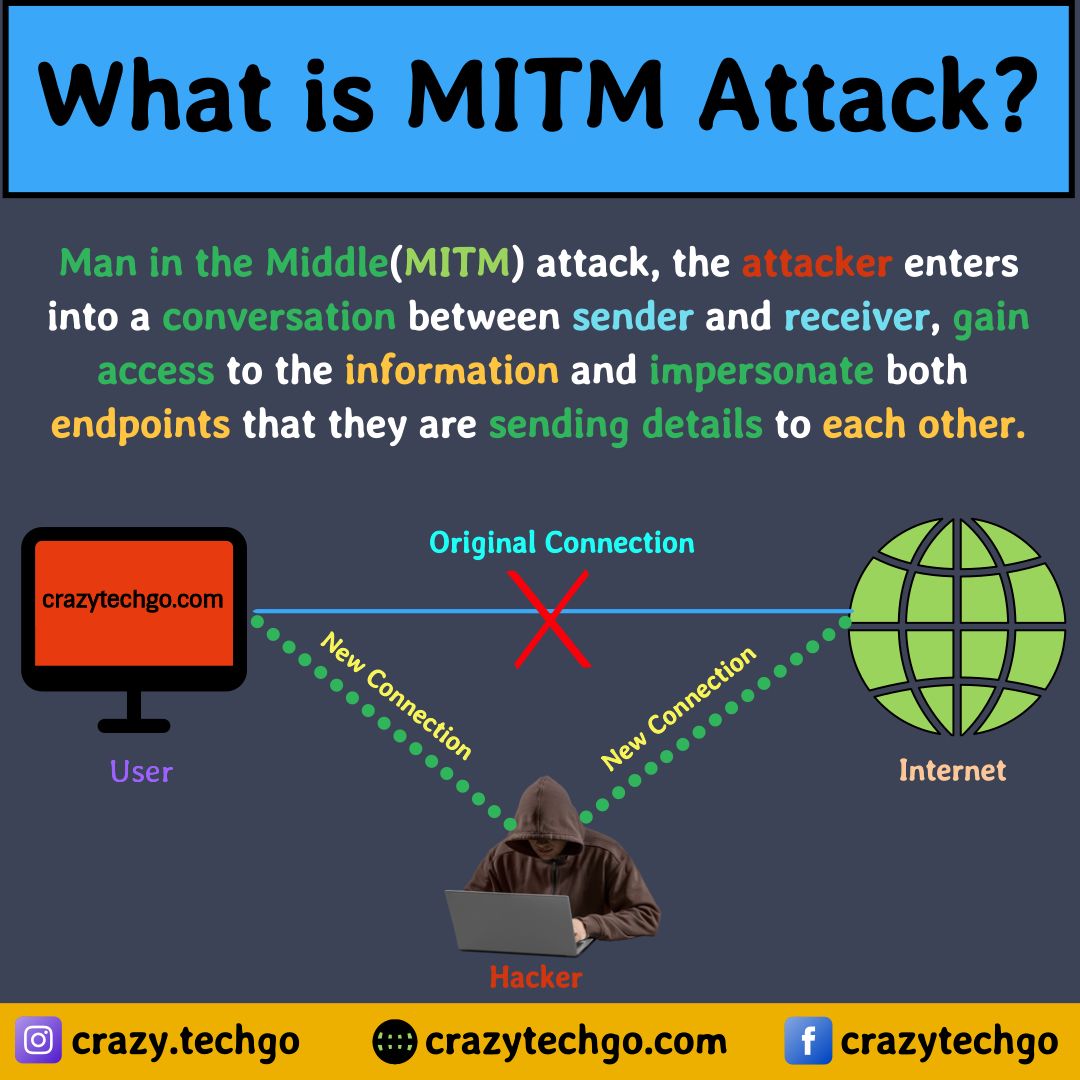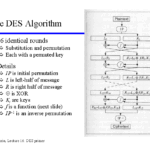In the realm of cybersecurity, man-in-the-middle (MITM) attacks surface as sinister specters lurking in the most ostensibly secure digital spaces. These stealthy incursions operate as meticulous puppeteers, orchestrating confusion and chaos while masquerading as the unsuspecting victims’ trusted communication partners. As we delve into the depths of these cyber incursions, we shall uncover some eye-opening instances of MITM attacks that have unfolded in the wild, illustrating their chilling potency and the urgent need for robust defensive measures.
To first establish context, envision a seemingly ordinary scenario: a casual conversation in a crowded café. Two individuals exchange ideas and experiences, unaware that a third party—an eavesdropper—lurks in the shadows, soaking in every word. This analogy mirrors the landscape of digital communications. When devices communicate over unsecured networks, they can become unwitting participants in an elaborate charade designed by cyber adversaries.
The most notable MITM attack often takes place in public Wi-Fi settings, where hackers exploit the vulnerabilities of open networks. One particularly illustrative case occurred in 2013, affecting an increasing number of users in coffee shops and airports across the United States. Cybercriminals initiated “Evil Twin” attacks by creating rogue Wi-Fi hotspots that impersonated legitimate networks. Unsuspecting users would gravitate toward these fraudulent connections, inadvertently granting hackers access to sensitive information. Just like moths to a flame, individuals fell prey to an alluring yet dangerous trap.
Another striking incident is the infamous SSL stripping attack, which artfully deceived users into believing they were on secure HTTPS websites when, in fact, they were being funneled through a communication pathway stripped of encryption. This sophisticated technique was executed so fluidly that it resembled an expert magician’s sleight of hand. As users entered sensitive credentials, the attackers gleefully collected them with minimal resistance. A harrowing reminder of the ease with which security can be compromised, this attack demonstrated how essential it is for individuals to vigilantly verify the authenticity of web pages before divulging personal information.
Though many MITM attacks are orchestrated by individuals with singular goals, the scale of such incursions can expand dramatically. Consider the case of certain nation states employing MITM techniques for broader geopolitical aims. The infamous “Great Cannon” incident highlighted how Chinese authorities utilized a sophisticated MITM methodology to intercept and manipulate traffic. By targeting users of a specific website, the state apparatus blocked access while redirecting their traffic toward other nefarious ends. This prismatic manifestation of MITM attacks demonstrates that their scope can extend beyond mere financial theft to the realm of information warfare, where trust is weaponized and public narratives manipulated.
In the corporate sphere, we find further examples that underscore the perils associated with MITM attacks. In a confidential document, a well-known global telecommunications company described an incident where an employee fell victim to a specialized phishing scheme that served as an entry point for MITM maneuvers. An email masqueraded as an internal company alert, compelling the employee to click on a link that directed them to a fraudulent website where they unwittingly entered their login credentials. What transpired was a disheartening unraveling of company secrets as confidential data was exfiltrated, demonstrating that internal trust could become a double-edged sword.
Moreover, the gradual emergence of Internet of Things (IoT) devices has heralded new vulnerabilities within the MITM landscape. These interconnected gadgets often operate without the stringent security measures traditionally employed on personal computers. Imagine a smart home device innocently listening to commands, unaware that a clever adversary is interjecting their own malevolent commands. The potential for mischief and malfeasance escalates exponentially when an entire smart home ecosystem becomes an unwitting accomplice in an attacker’s machinations. Each interconnected device becomes a potential gateway for data breaches or rogue activities.
As we traverse this treacherous terrain, it becomes starkly clear that countermeasures are paramount in the war against MITM attacks. Encryption stands as the ever-vigilant guardian, safeguarding data integrity and obscuring the visibility of communications to prying eyes. Organizations must rigorously implement secure connection protocols, educating employees and users alike about the subtleties of recognizing secured connections.
Furthermore, multi-factor authentication serves as an indispensable bulwark against unauthorized access, providing an additional layer of protection that even the most cunning adversary would find exasperating to breach. Being prudent when connecting to public networks, avoiding open Wi-Fi hotspots unless absolutely necessary, can dramatically reduce vulnerability. It may also be prudent to adopt virtual private networks (VPNs) as a formidable shield against intrusions on public networks, creating secure channels through which data can traverse unscathed.
In summation, the evolution of MITM attacks demonstrates a chilling convergence of advanced technology and skilled manipulation. These incidents serve as cautionary tales, illuminating the need for unwavering vigilance in a digitized world fraught with peril. Just as the specter of the unseen eavesdropper haunts the café, every digital interaction holds the potential for a malevolent interception. By understanding these risks, individuals and organizations can fortify their defenses, ensuring that trusted communication remains just that: secure and unassailable.









Leave a Comment